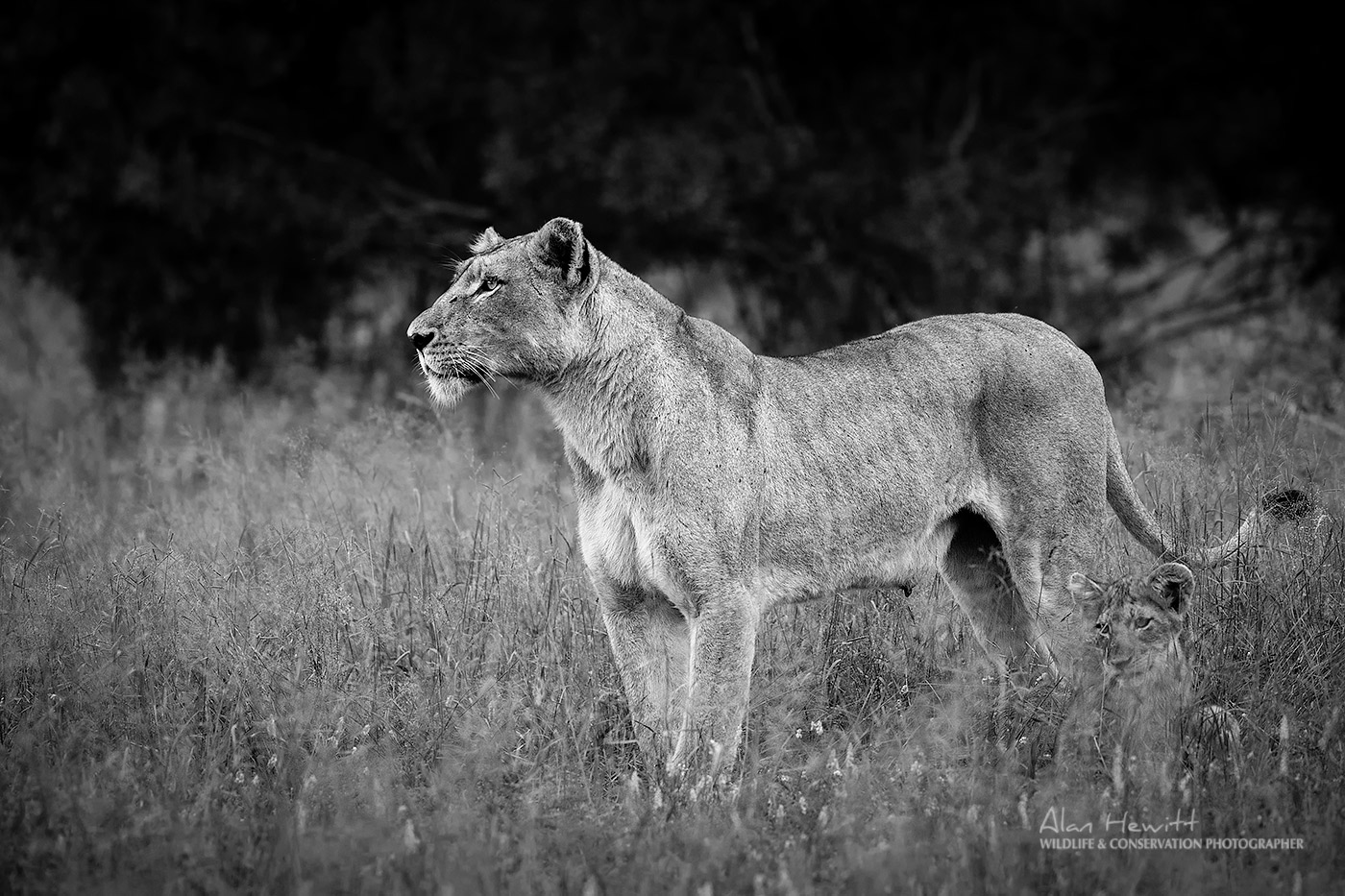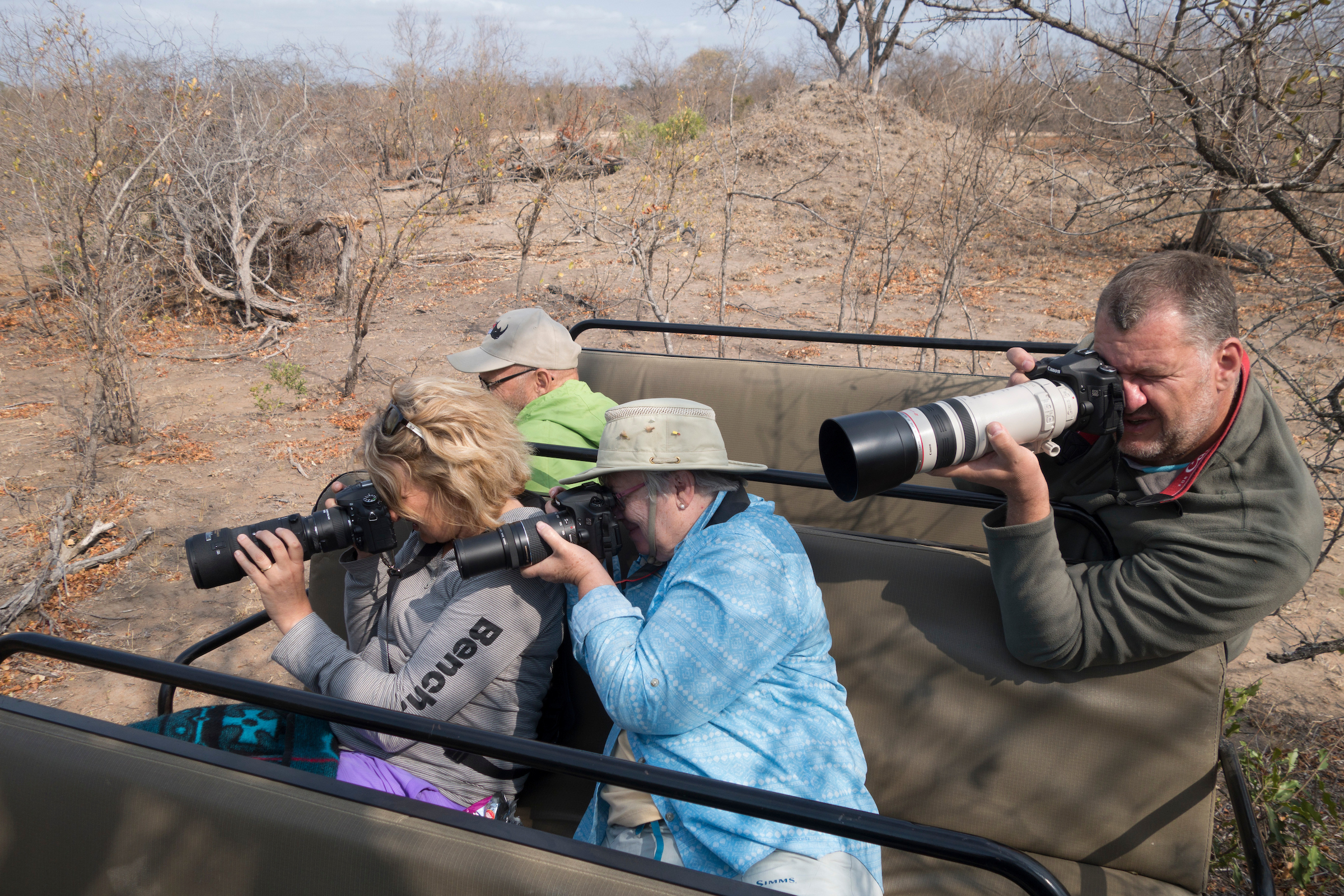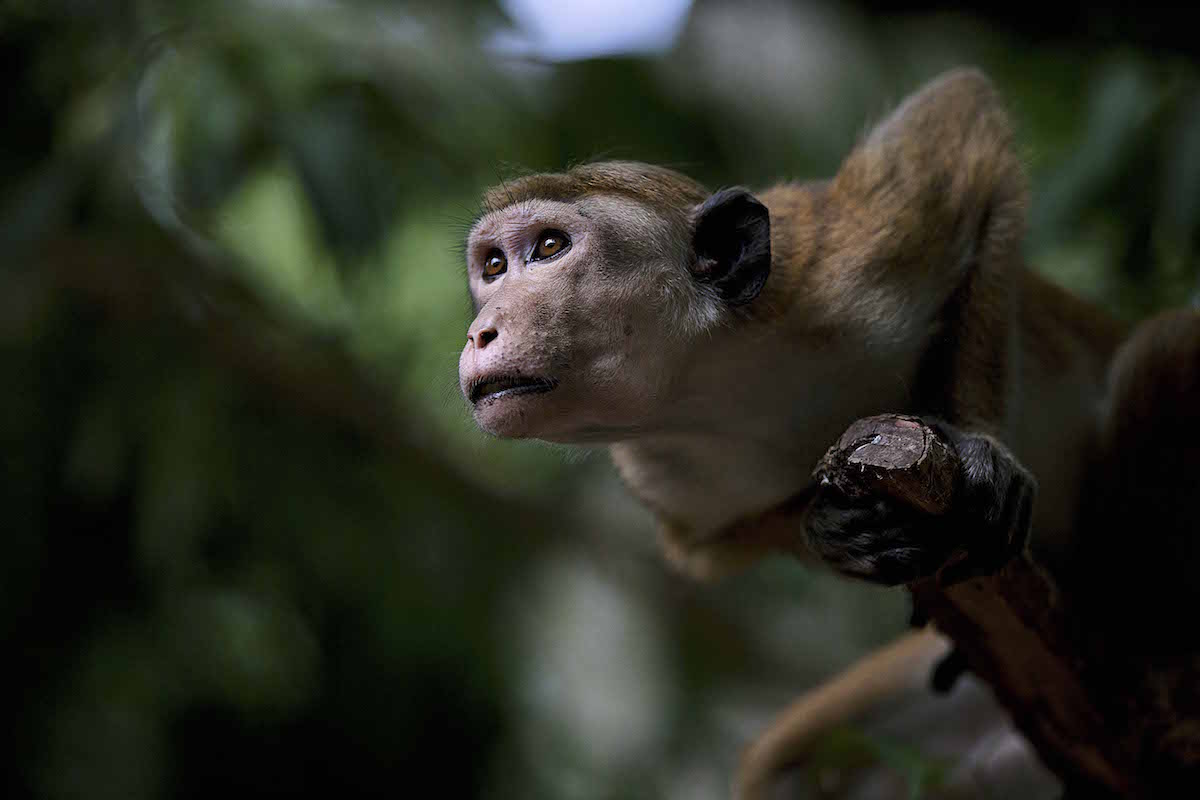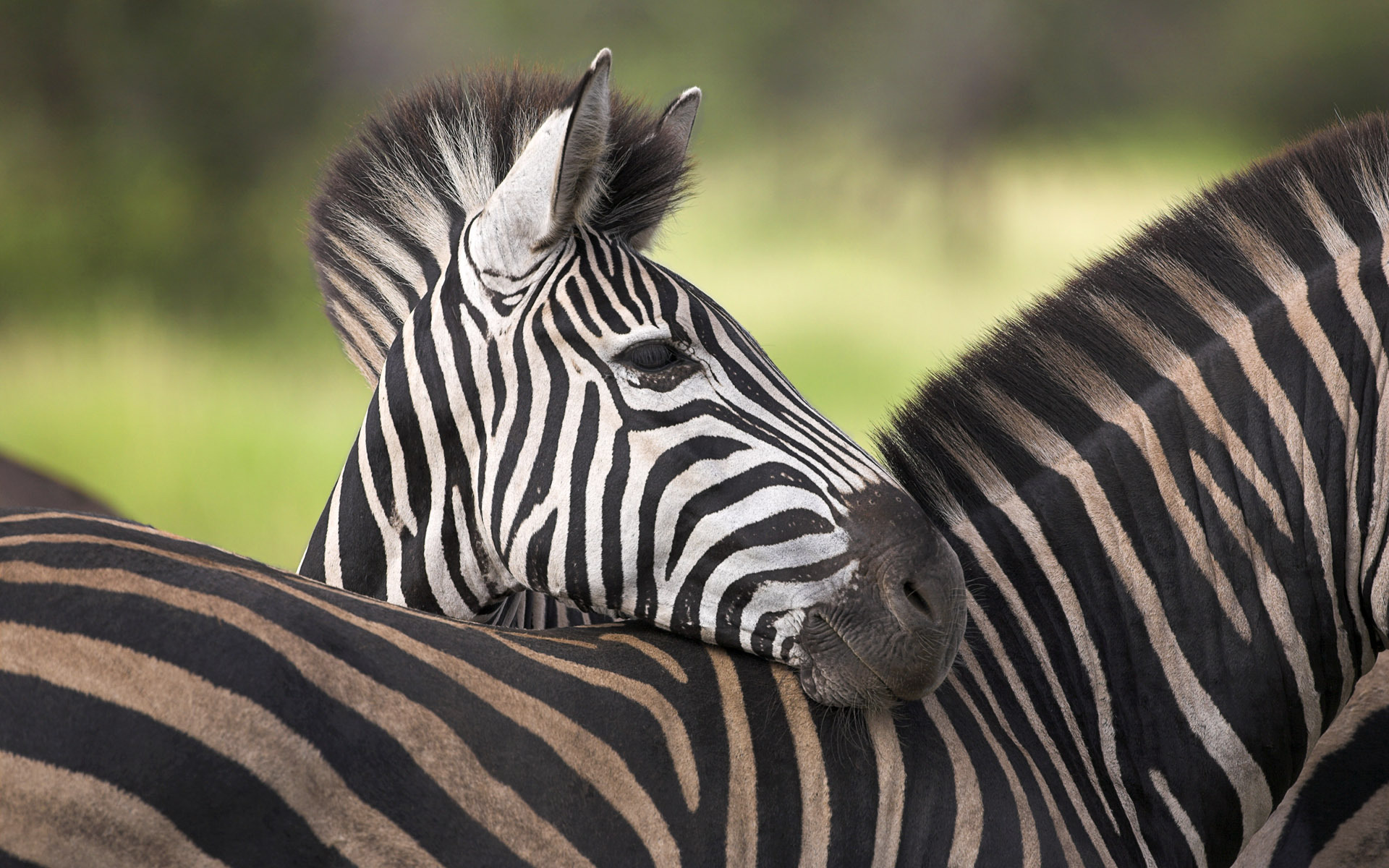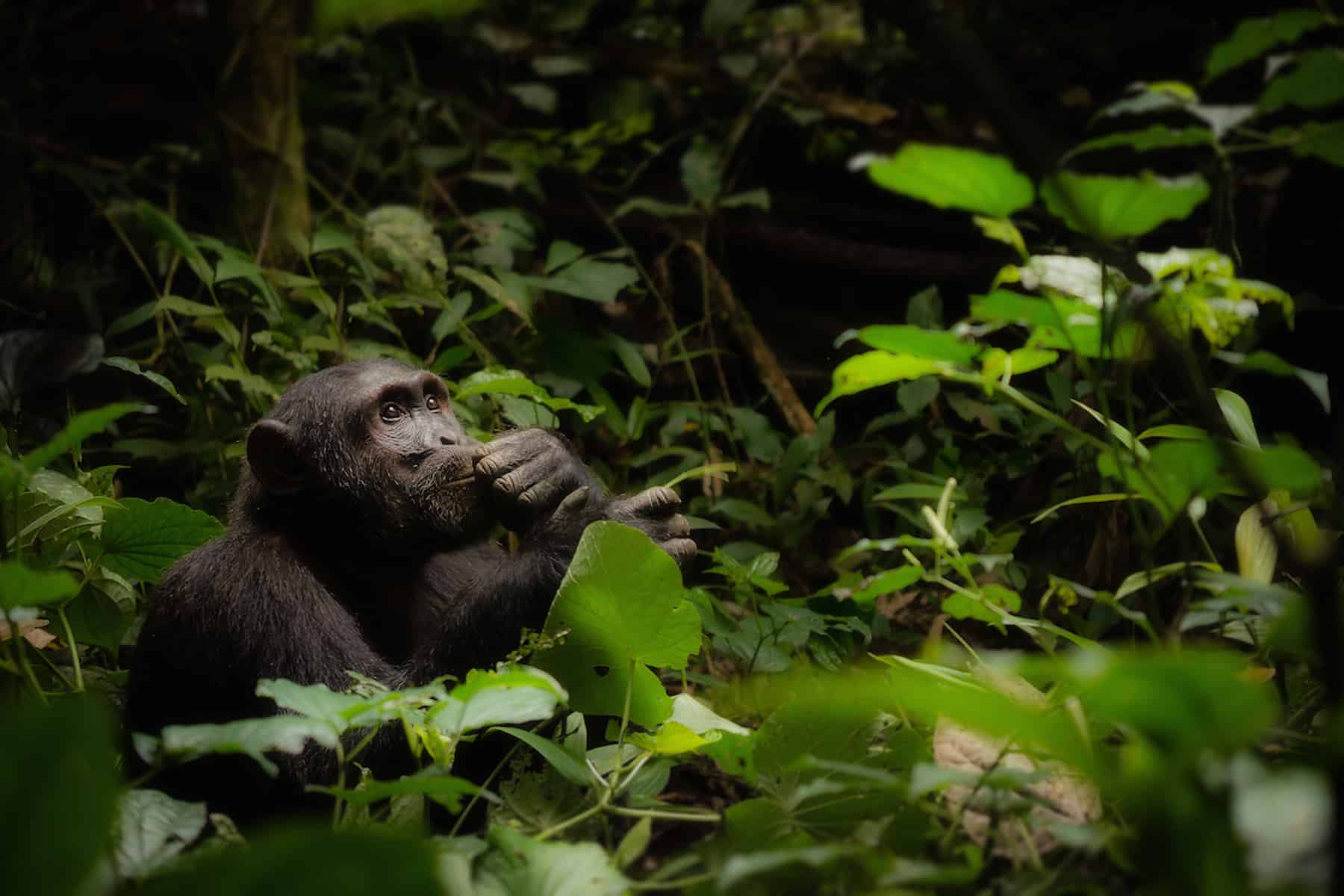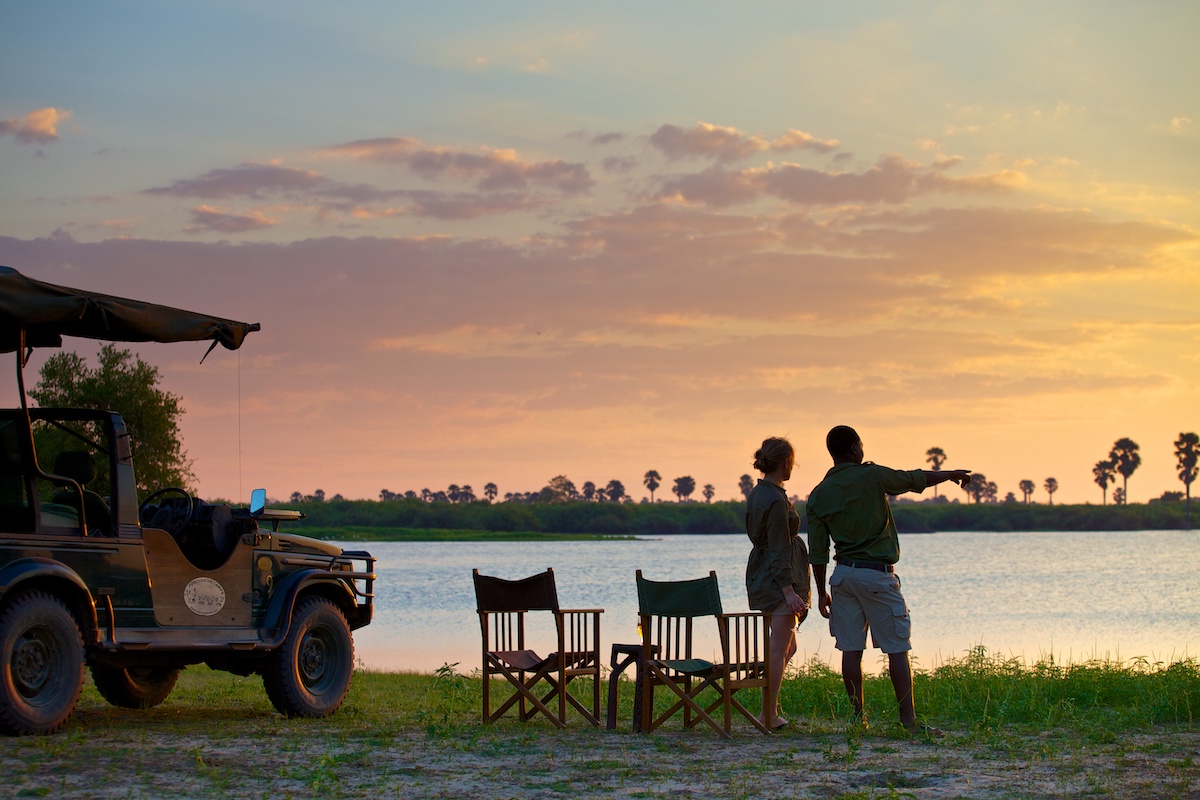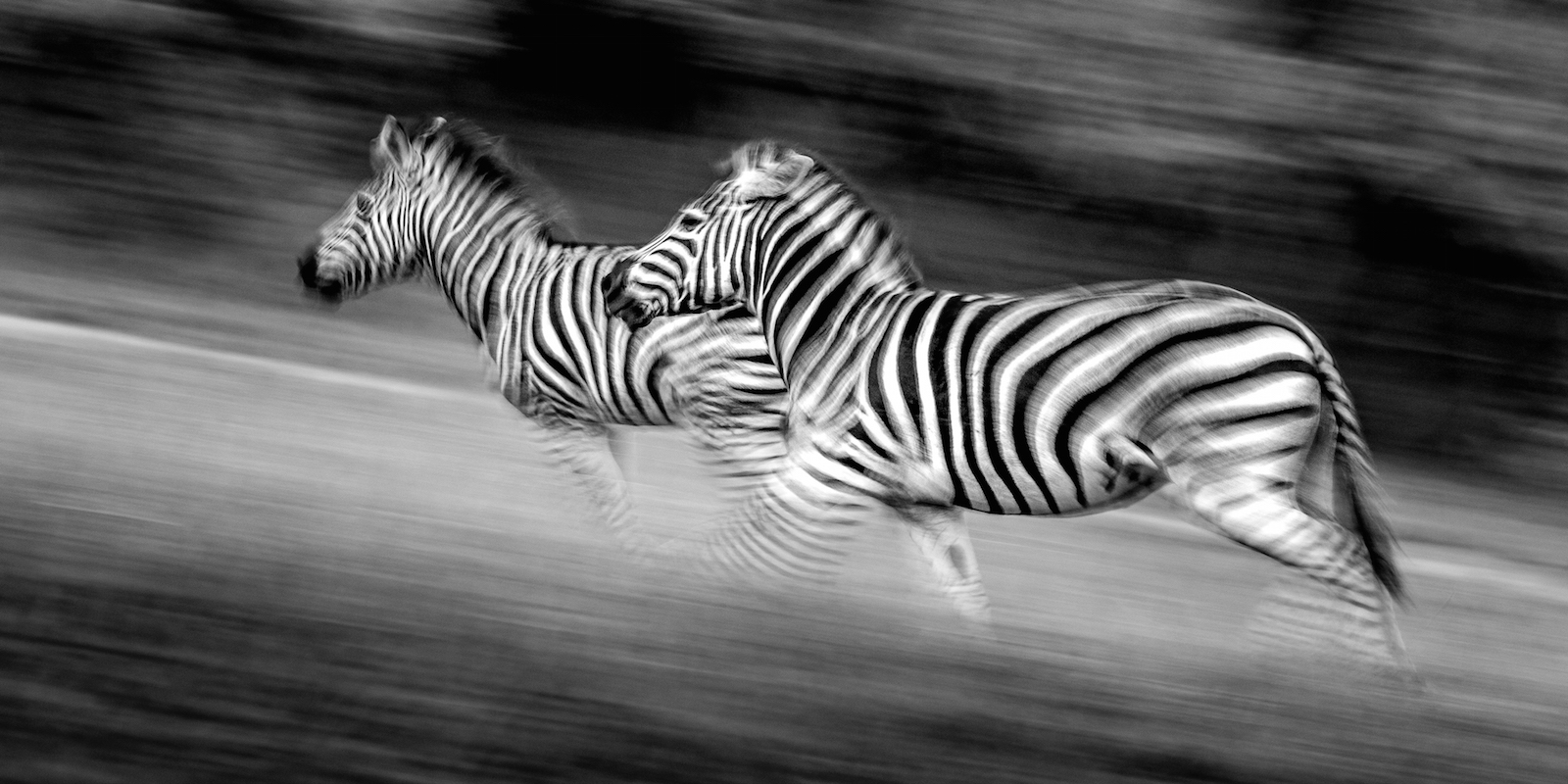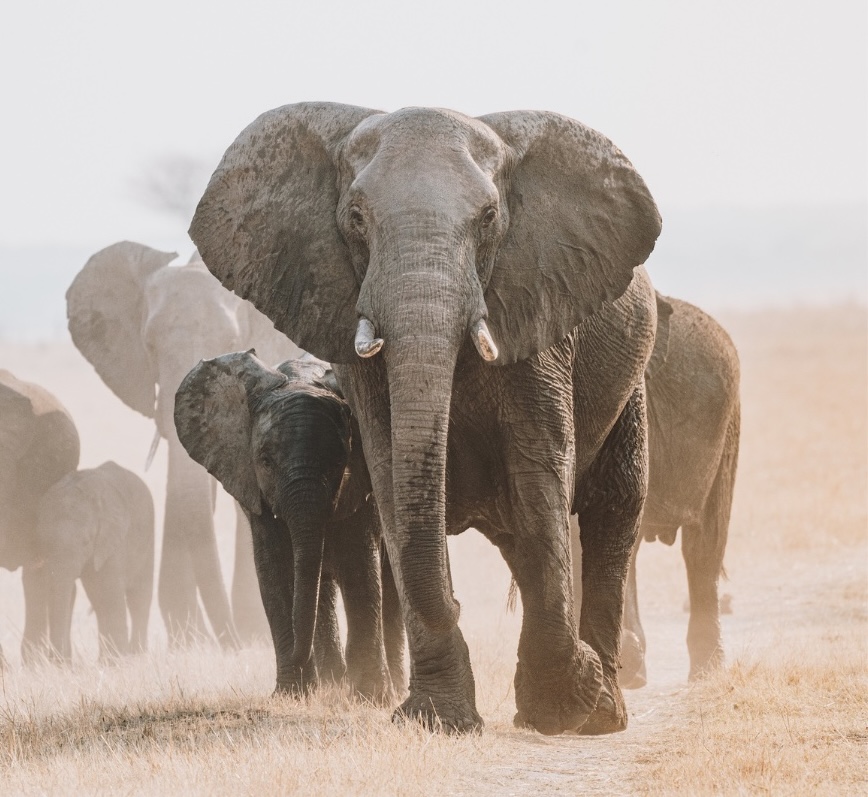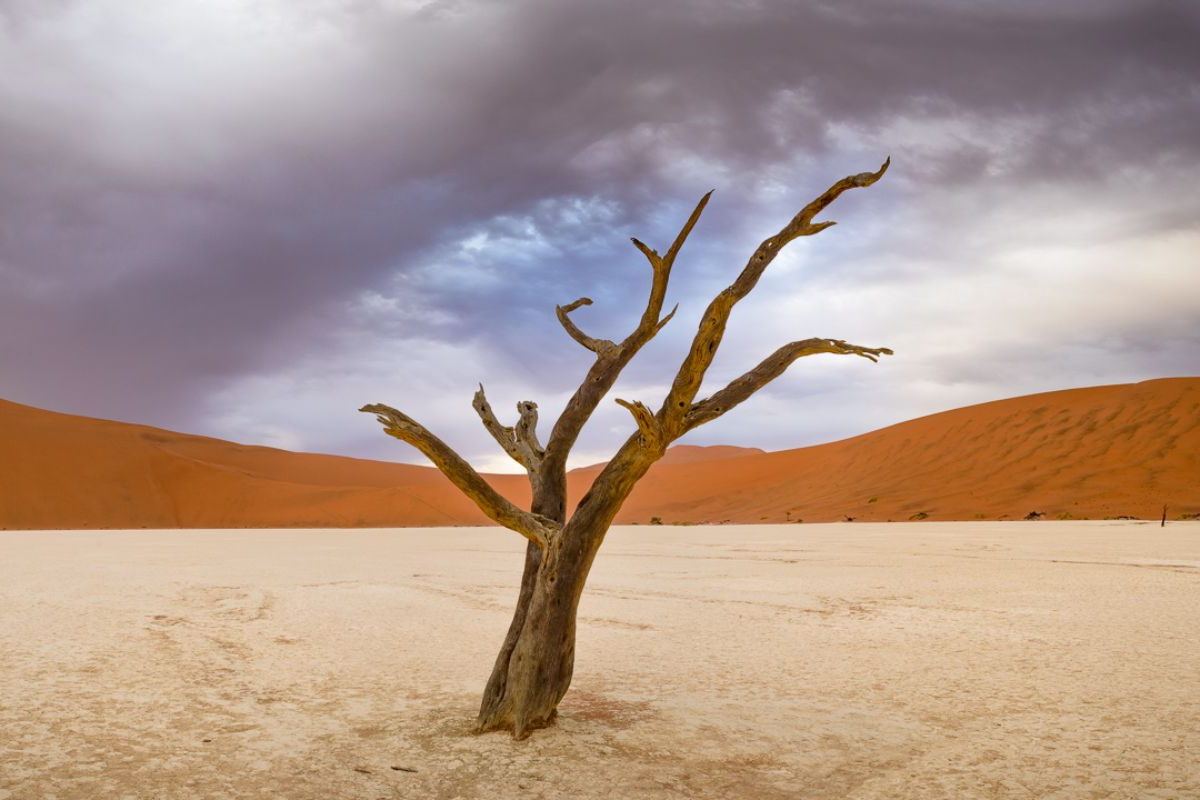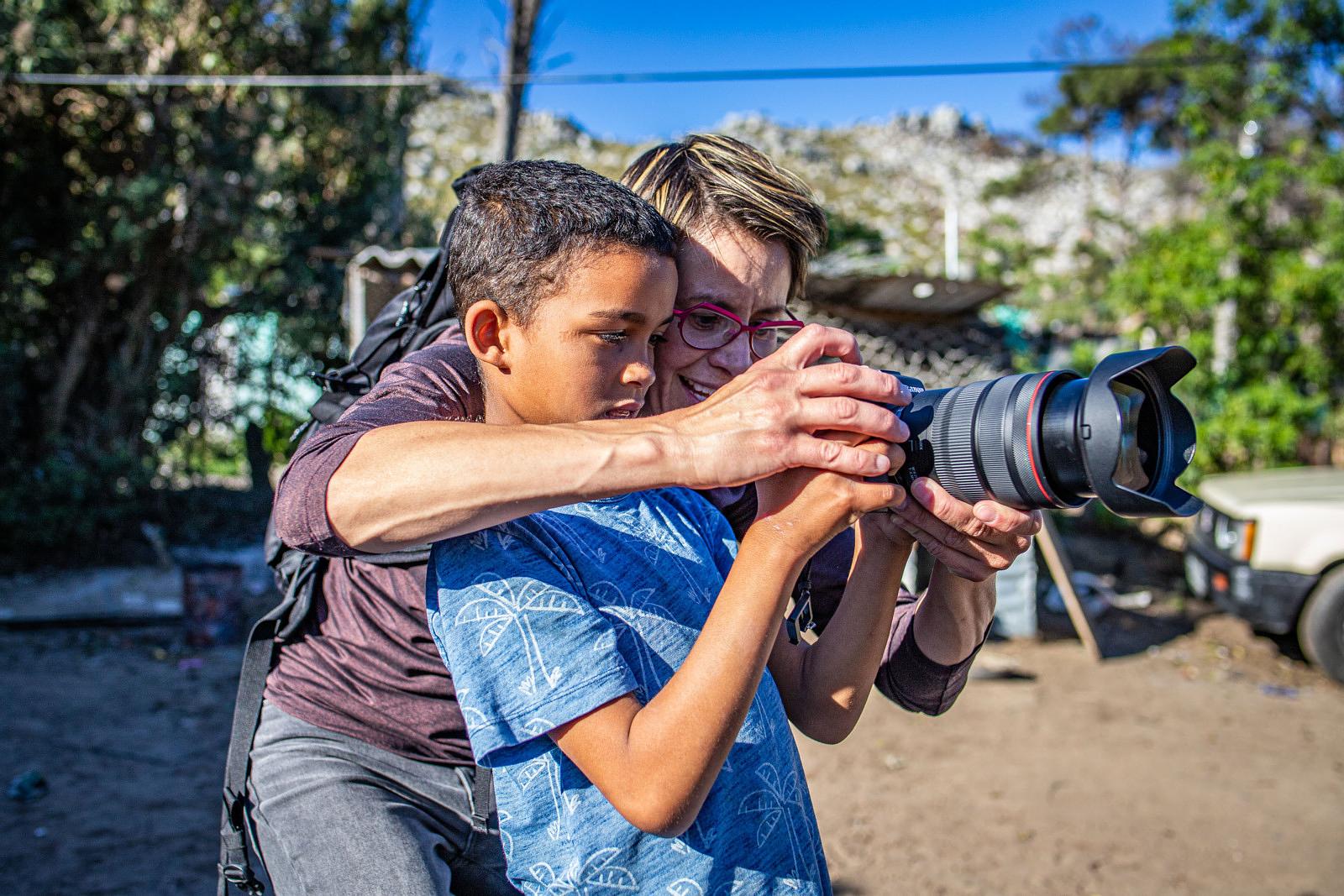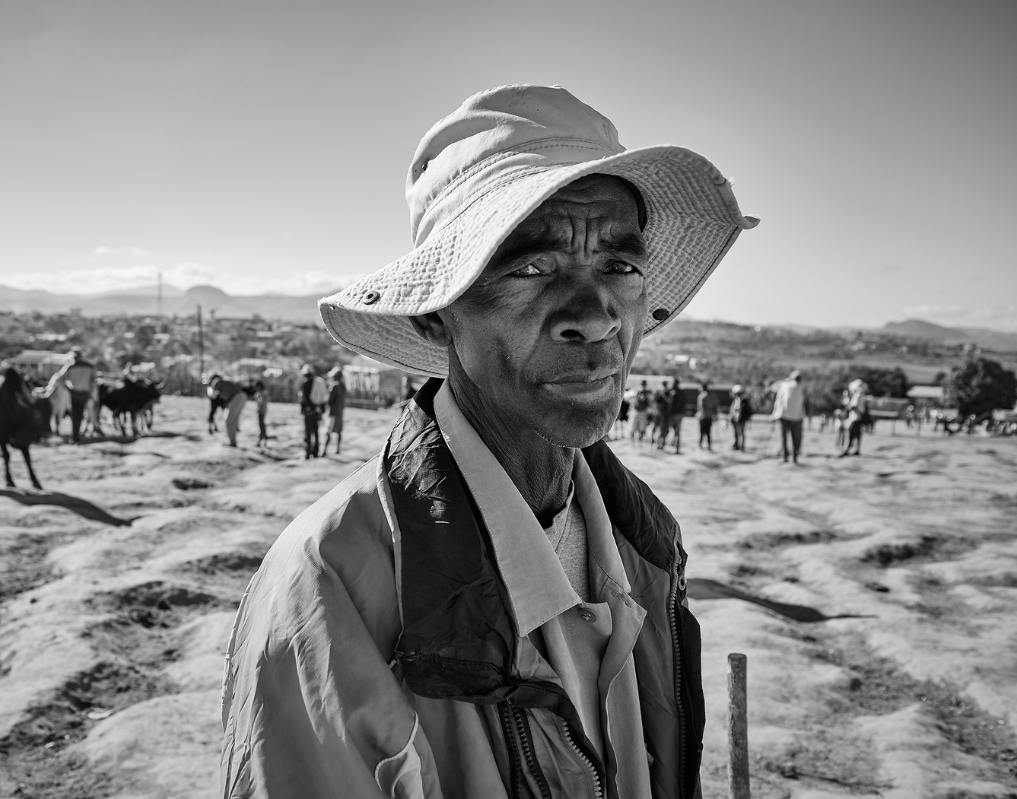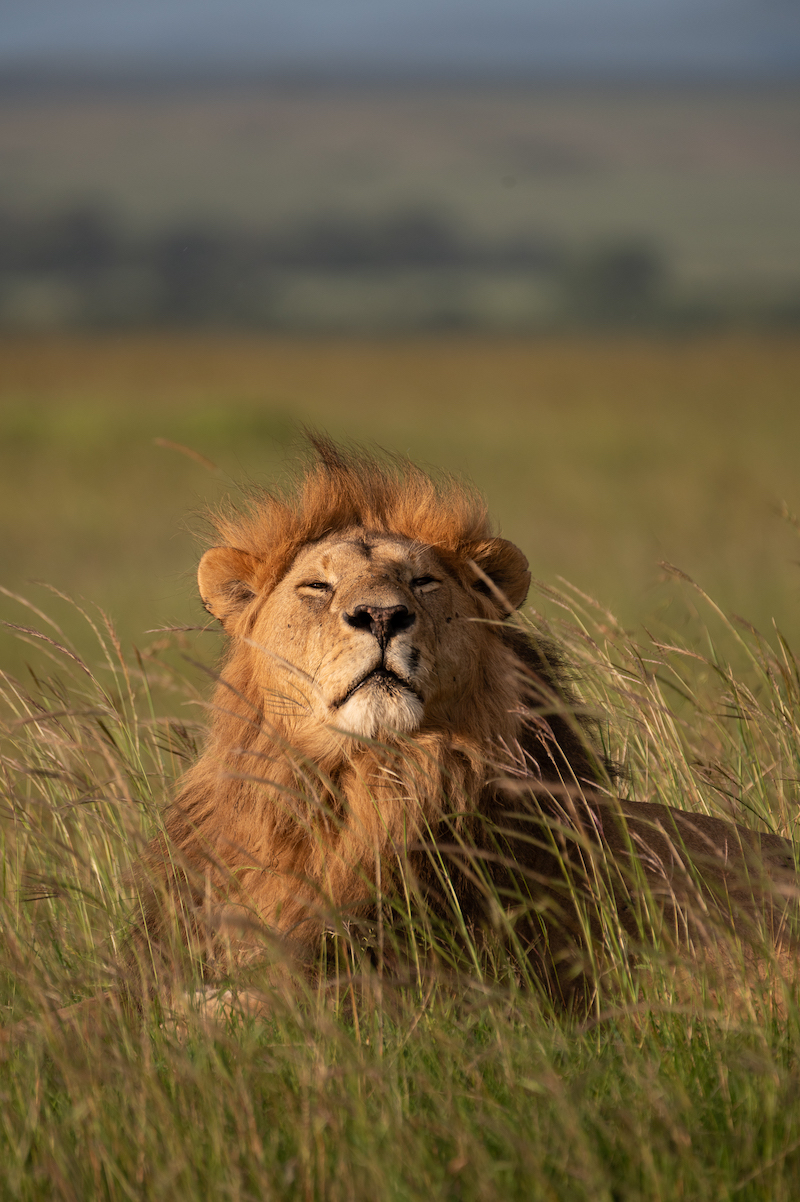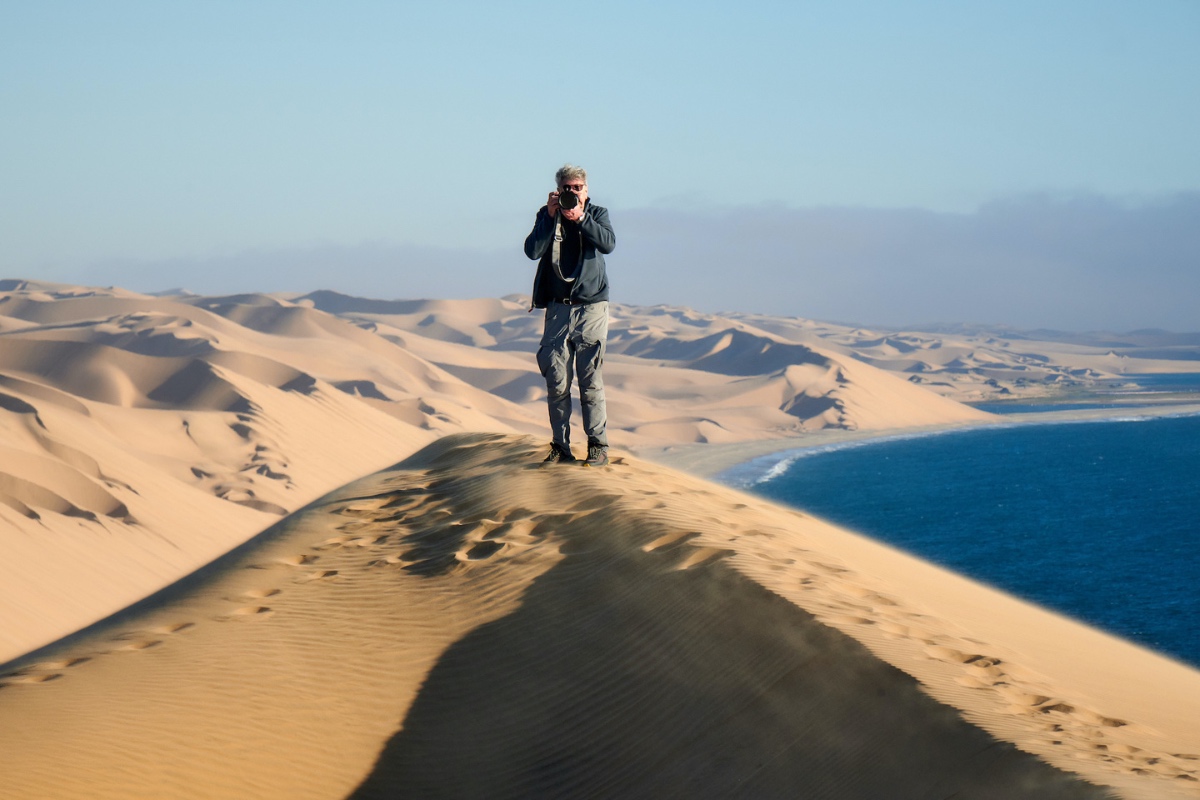Whether you’re an absolute beginner in photography or a seasoned pro, a wildlife photo holiday is an amazing and creatively inspiring experience. But all photo tours are not created equal, so there are some factors to consider when planning your dream wildlife photography holiday. Here are some tips on what to look for.
– By Juliana Connors
KEEP IT PHOTOGRAPHY FOCUSED
First and foremost, for the best wildlife photo tour, find a trip that’s fully focused on photography. This may sound obvious, but many safaris and tours offer the promise of a photography focus when their itinerary isn’t fully built around it. On a photography-focused tour, getting the best images is the main priority, and you will be sure to maximize the photographic opportunities available; you will visit the best photography spots at the best times of day, and stay as long as it takes to get the right shot. Also, traveling with a photography-focused tour will ensure that you and your fellow travelers are on the same page. It is a more enjoyable experience for all when everyone’s goals align.


